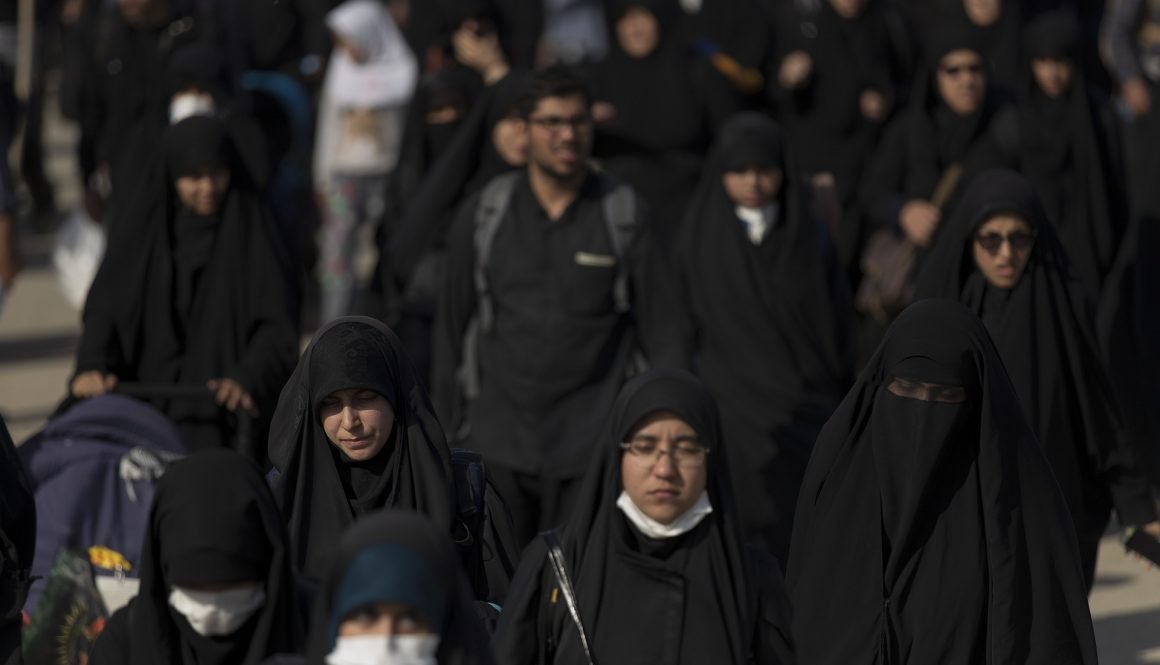The Hijab Case in a College in India – Why the Argument of Religious Freedom Doesn’t Hold Up.1
The recent hijab case of a college in India banning the hijab is indicative of a more significant issue.
In today’s world, religion is not just about worshiping and praying. It has become a symbol of identity, self-expression, and freedom. Any other idea that includes deviating from these norms is often pushed away or deemed extreme or radical.
It’s important to remember that the freedom to practice one’s religion does not stop when someone leaves their home. One can wear what they want outside their home too!
The Hijab Case in a College in India
hijab case has been reported that a college in India banned the hijab for female students. The head of the school’s education board said that wearing the hijab would be considered “un-Indian.” When asked about this decision, he also said, “This is wrong as Indian culture and ethos don’t allow women to wear hijab.”
It is important to note that his reasoning was rooted in religion and what he perceives as Indian culture and ethos. He believes that because it is un-Indian, it should not be allowed.
The argument of religious freedom does not hold up here because the issue at hand is more than just one single person’s right to practice their religion. This case illustrates an idea of cultural norms being pitted against religious rights. It isn’t easy to support one without opposing the other.
Why the Argument of Religious Freedom Doesn’t Hold Up
(hijab case in India)The argument of religious freedom doesn’t hold up when the people in question don’t feel that they can practice their religion. This is illustrated by the recent events of a college in India banning the hijab. While it is essential to be sensitive to other cultures and religions, there is no need for one culture or religion to impose itself on another. The school did not ban all hijabs and turbans, only those specific to Islam.
This event demonstrates how society feels threatened when someone deviates from social norms, even if it just regards their clothing. It’s important to remember that the freedom to practice your religion does not stop when you leave your home–you can wear what you want outside of your home too!
What Is The Difference Between Religious Freedom and Religious Expression?
In this hijab case, the college did not discriminate against their Muslim students. They asked that they abide by the dress code of the school. The difference between religious freedom and religious expression is where one chooses to express it.
Religious expression is when one wears something outside of their home. This can be as simple as a headscarf or as complex as a hijab. Religious freedom is when one chooses to live according to how they want to live and practice their religion in public spaces like schools or places of work.
There are two different things here: Religious freedom and religious expression. One implies the other, but they are not the same thing.
If you choose to wear a hijab at your place of work, then you are exercising your “religious freedom.” If you wear that same hijab while walking down the street, then you are exercising your “religious expression.”
When Can One Wear What They Want Outside Their Home?
Religious freedom is a fundamental human right. When can one wear what they want outside their home? The answer to this question is: whenever they want! Now, some people will say that when you enter an institution, you should abide by the rules of that institution. But what if those rules are not in compliance with your religious beliefs?
For example, a person could be refused from entering a school because of their clothes. This person could be wearing clothes compliant with their religious beliefs, yet the school may have different dress code standards. Several schools in California have been refusing entry to girls who wear headscarves for this reason. It’s important to remember that the freedom to practice one’s religion does not stop when someone leaves their home. One can wear what they want outside their home too!
Conclusion
Religious freedom is not the same as religious expression. Religious freedom is the right to practice one’s religion. Religious expression is the right to express one’s beliefs in public. Religious freedom gives people the right to practice their religion and behave following their beliefs. Religious expression does not give people the right to express themselves in public if these expressions are contradictory to their faith.
In the hijab case of the hijab, we must ask ourselves, is it religious freedom or a religious expression? It can’t be both. Therefore, it is religious freedom if it does not contradict religious beliefs.

